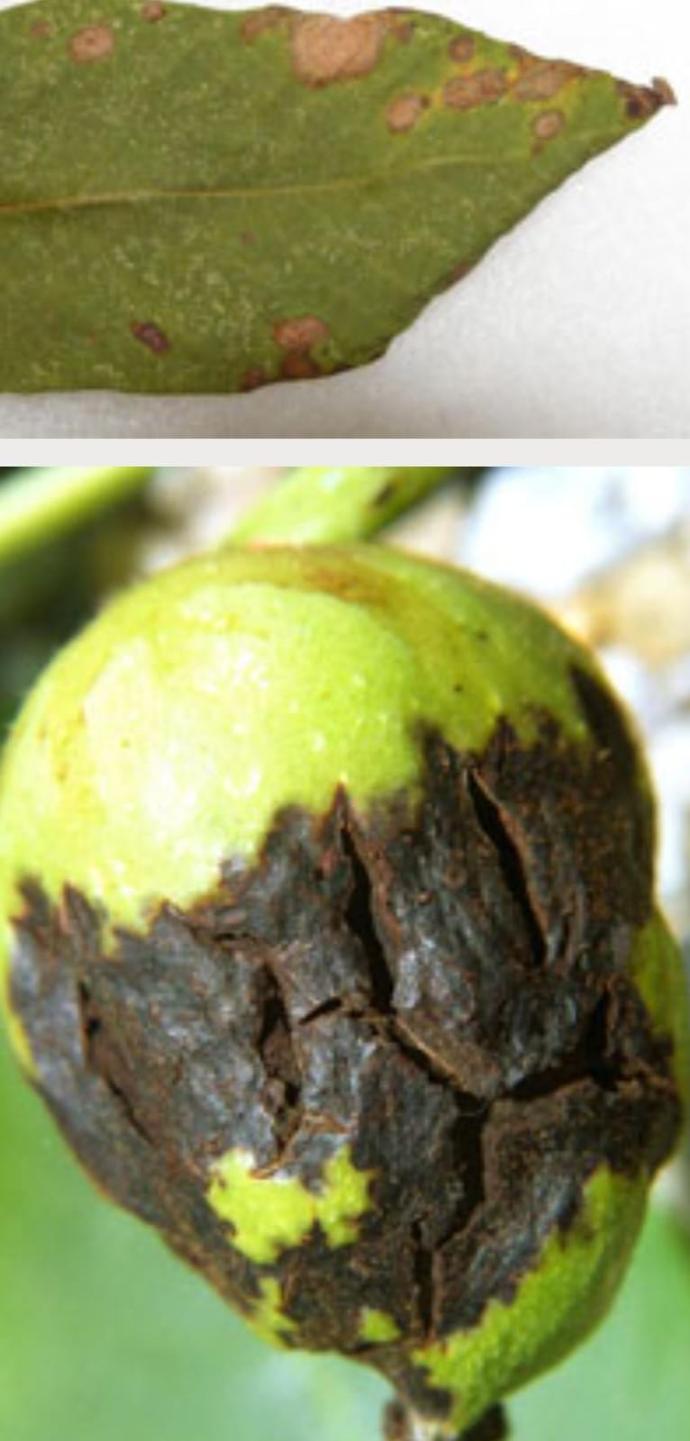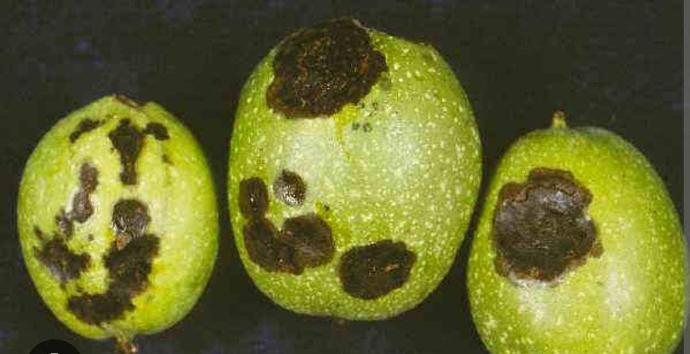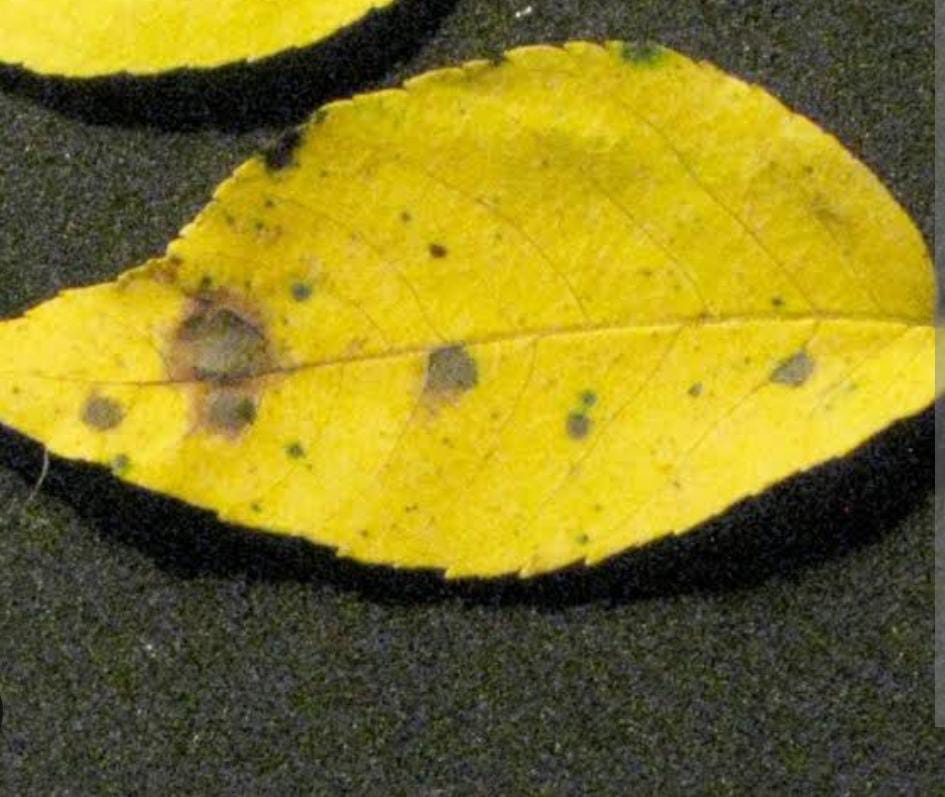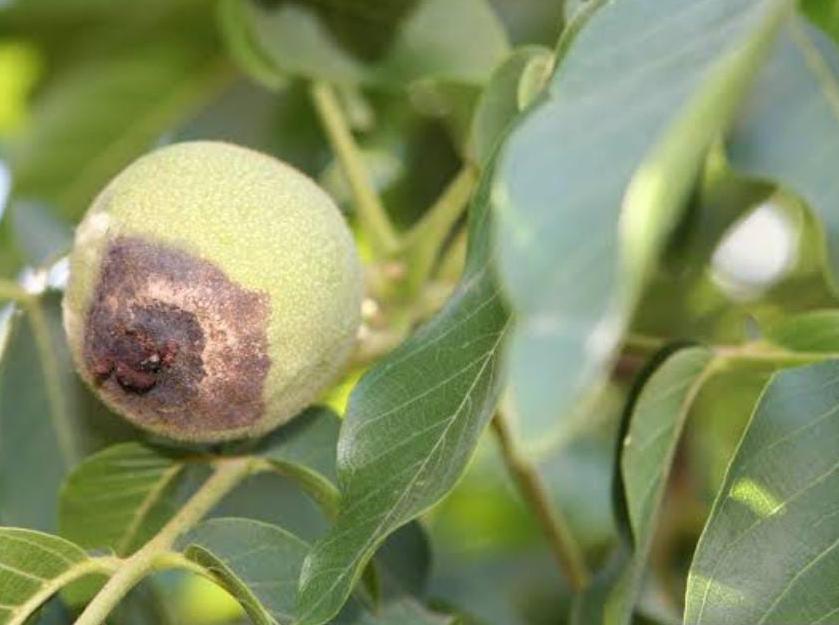Black Walnut Tree
Black walnut trees, 70-100 feet tall in Zones 4-9, prefer well-drained soil and full sun for moderate growth. The nuts produced by black walnut trees are edible, though they have a strong flavor.
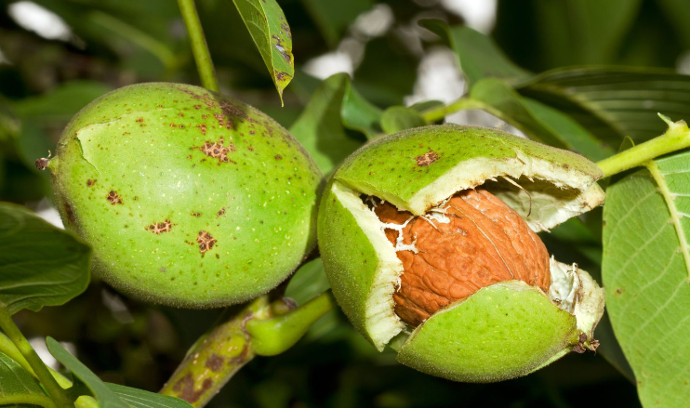
Habit
Tree
Height
15-30 m
Growth
Moderate
Soil
Well-drained, loamy
Shade
Full Sun
Moisture
Moderate
Edible
Yes
Medicinal
No
Origin
North America
Climatic Condition
Temperate
Temperature (°)
15-25°C
Humidity (%)
60-80%
Potting media
Loamy + Organic matter
Fertilizers
Low nitrogen fertilizers
Watering
Regular watering
Plant Weight
1000-2000 g
Flowering Time
Fall
Soil Ph level
6.0-7.0
Water Ph level
6.5-7.0
Soil EC
1.2 dS/m
Yield Per Plant
15-20 kg nuts per year(after 15 years)
NPK ratio
10:10:10
life Span
50+ years
Health Benefits
Edible nuts, timber, anti-cancer
Suggested Grow Media or Potting Mix ?
60% loam, 20% sand, 20% compost
Suggested Fertigation/Fertilizers
Fertilize annually with a balanced, slow-release tree fertilizer.
Common Diseases and Remedies
Anthracnose, Bacterial blight.
irregular brown or blackish leaf spots., infects new shoots, young leaves, and the husks of developing nuts.
pruning
HEALTH BENEFITS
· High in omega-3 fatty acids, beneficial for brain and heart health.
· Antifungal and antibacterial properties, often used for parasite cleansing.
· Contains juglone, which may have anticancer effects.
What Is An Black Walnut Tree?
Black walnut (Juglans nigra), a tall tree in the walnut family (Juglandaceae), native to eastern North America and prized as an ornamental wood. Black walnut's dark, fine-grained wood is used for furniture, paneling, and gun stocks.
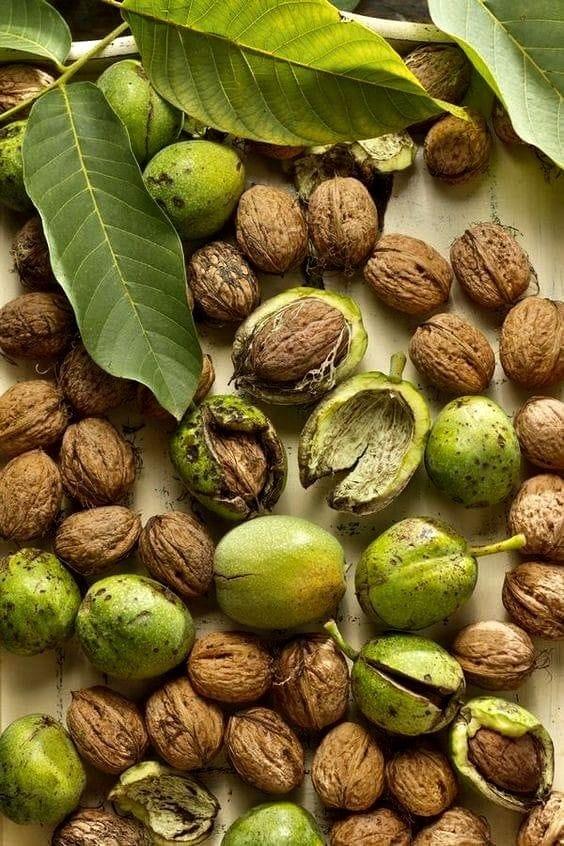
What Are The Different Types Of Black Walnut Plants?
1. Eastern Black Walnut (Juglans nigra)
This is a native species found in the eastern United States and southeastern Canada. It is known for its high quality wood and edible nuts.
2. Thomas Black Walnut (Juglans nigra 'Thomas')
This variety is known for its resistance to disease, especially thousands canker which affects many black walnut trees.
3. Emma K Black Walnut (Juglans nigra 'Emma K')
Another variety bred for disease resistance. Emma K Black walnut trees produce large, delicious nuts and are highly resistant to pests and diseases.
4. Sparrow Black Walnut (Juglans nigra 'Sparrow')
This variety is prized for its high nut production and ability to grow in a variety of soil types.
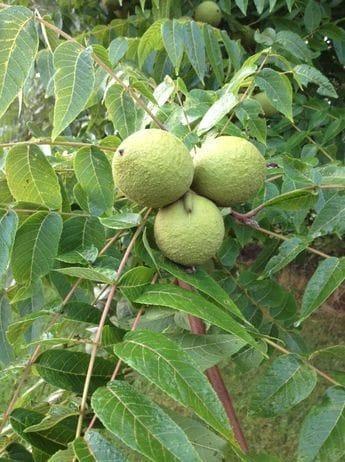
How to Care Black Walnut ?
1. Location
The black walnut tree (Juglans nigra) is native to eastern North America, growing primarily in the eastern United States and southeastern Canada. They grow naturally in a variety of habitats, including forests, riverbanks, and lowlands, but prefer deep, nutrient-rich, well-drained soils. In the United States, black walnut trees grow from Florida to the Great Lakes region and west to Texas and Minnesota. It is also grown in other parts of the world where the climate is suitable, such as Europe and Asia.
2. Sunshine
Black walnut trees grow in full sun. This means they need at least 6 to 8 hours of direct sunlight per day to grow and develop properly.
3. Soil
Black walnut trees prefer deep, well-drained soil with a pH of 6.0 to 7.5. It tolerates a variety of soil types, including loamy, sandy, and clay soils, as long as the soil is well-drained. However, it is sensitive to waterlogged or compacted soils, which can lead to root rot and other problems.
4. Hydration
Optimum amount of water must be provided , Avoid excessive irrigation which can lead to water logging conditions .
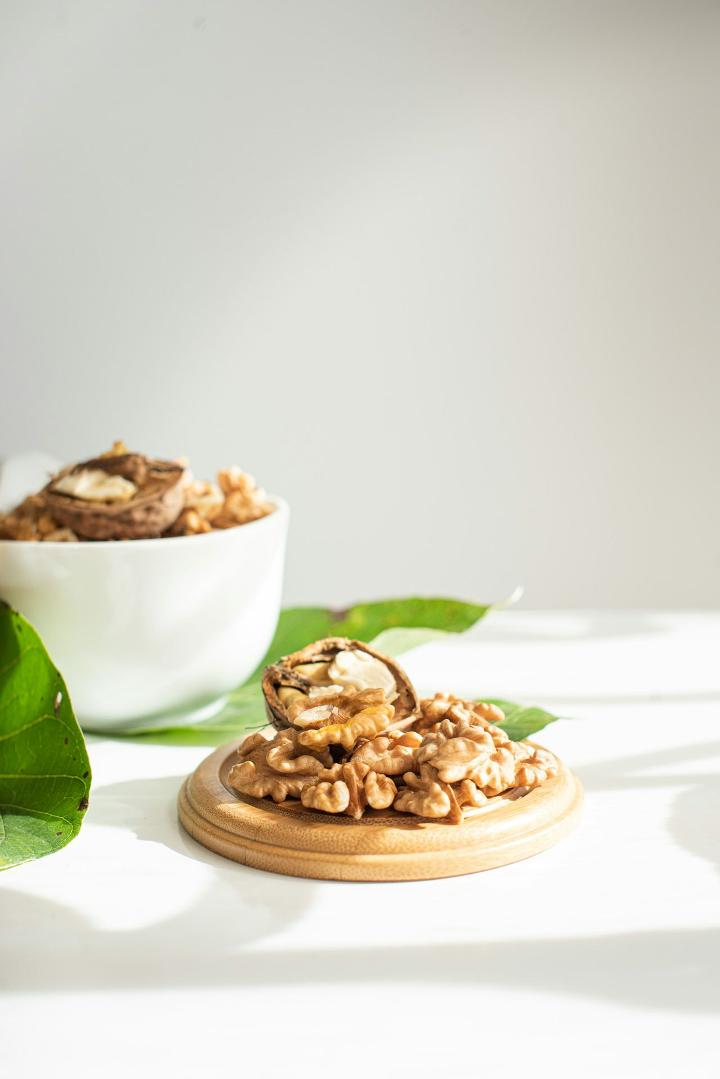
5. Nourishment
Black walnut trees produce a substance called juglone that inhibits the growth of certain other plants (allelopathy). This limits the number of plants that can grow near black walnut trees and can cause problems in mixed gardens and landscapes.
6. Issues
Like trees, black walnut plants can be susceptible to diseases such as root rot, powdery mildew, and bacterial leaf spot. A variety of insects such as aphids, mites, and caterpillars can attack black walnut plants, damaging the leaves and affecting the overall health of the plant. Black walnut plants can struggle under conditions of poor soil drainage, excessive heat, drought, or extreme cold, resulting in stunted growth or susceptibility to pests and disease. It becomes easier to get infected. Improper planting techniques or roots bound in the container can result in a rootbelt, where the roots surround the base of the plant, limiting water and nutrient uptake.
What are the Benefits of Black Walnut ?
It is rich in vitamin A, iron, minerals and dietary fiber. Black walnuts contain higher levels of antioxidants, polyunsaturated fatty acids, and other health-promoting compounds than common English walnuts, reducing the risk of cancer, heart disease, and diabetes .

FAQs About Growing Black Walnut
1. What is the best way to store black walnuts ?
Generally, consumers store black walnuts in the refrigerator for up to a year and in the freezer for more than a year. recommend to. This preserves the freshness and maximum flavour of the black walnuts.
2. What is black walnut oil commonly used for ?
Expeller Press Roasted Black Walnut Oil has a lower smoke point and can be used in the same way as olive oil, but with a bolder flavour. Serve over salad or pasta. Also perfect for stir-frying vegetables.
3. How do I crack a black walnut ?
Black Walnut has a hard shell and can be difficult to crack open. You can crack walnuts using a hammer, vise, or a special nutcracker for black walnuts.
4. Is black walnut wood valuable ?
Yes, black walnut wood is valuable because it is a high-quality wood used in furniture, cabinetry, and wood construction. Nuts are also valuable as food.
5. Can I plant black walnut trees near other plants ?
Black walnut trees produce juglone, a natural poison that inhibits the growth of certain plants. Due to its allelopathic effects, it is best to avoid planting sensitive plants near black walnut trees.
